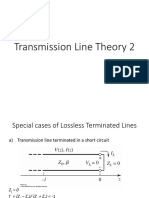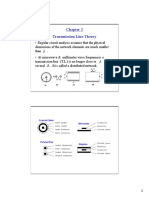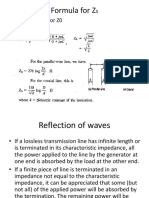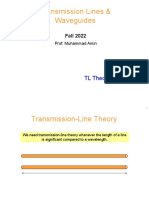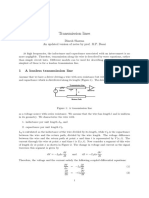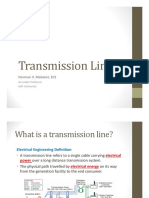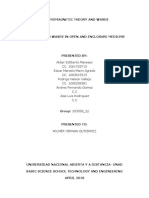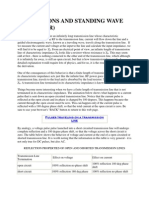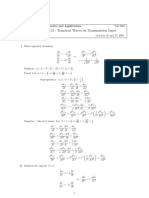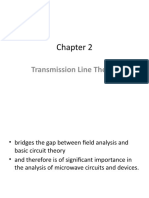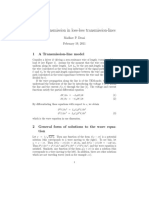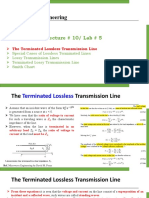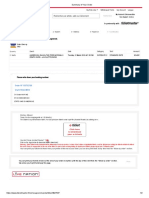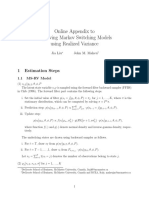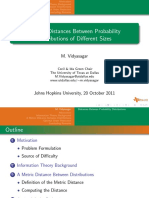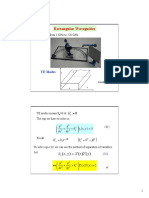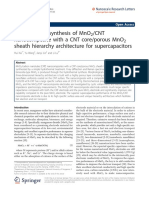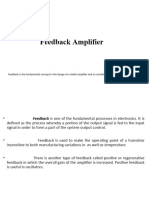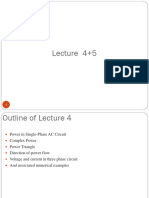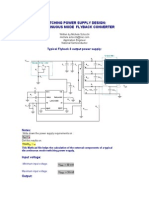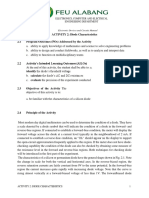0% found this document useful (0 votes)
69 views18 pagesThe Smith Chart: Tedious
The Smith Chart is a graphical technique used to simplify complex number operations for analyzing transmission lines and circuits. It represents the normalized impedance of a circuit using a circle, where different points on the circle correspond to different resistances and reactances. The Smith Chart allows engineers to easily visualize impedance matching between different transmission lines or circuits. It can also be used to analyze the behavior of transmission lines terminated with different impedances, such as an open, short, or mismatched load, and to examine transient signals propagating on transmission lines.
Uploaded by
Grant HeilemanCopyright
© © All Rights Reserved
We take content rights seriously. If you suspect this is your content, claim it here.
Available Formats
Download as PDF, TXT or read online on Scribd
0% found this document useful (0 votes)
69 views18 pagesThe Smith Chart: Tedious
The Smith Chart is a graphical technique used to simplify complex number operations for analyzing transmission lines and circuits. It represents the normalized impedance of a circuit using a circle, where different points on the circle correspond to different resistances and reactances. The Smith Chart allows engineers to easily visualize impedance matching between different transmission lines or circuits. It can also be used to analyze the behavior of transmission lines terminated with different impedances, such as an open, short, or mismatched load, and to examine transient signals propagating on transmission lines.
Uploaded by
Grant HeilemanCopyright
© © All Rights Reserved
We take content rights seriously. If you suspect this is your content, claim it here.
Available Formats
Download as PDF, TXT or read online on Scribd
/ 18
